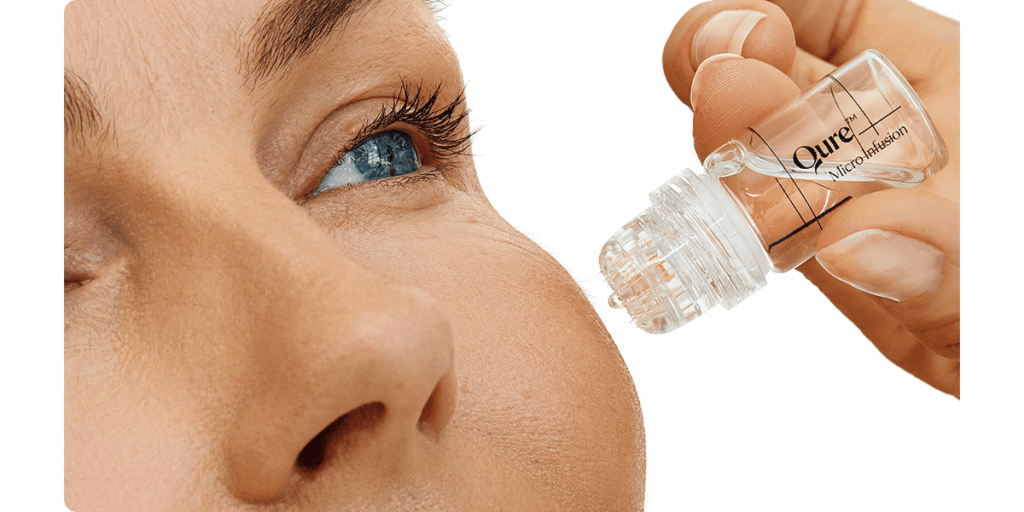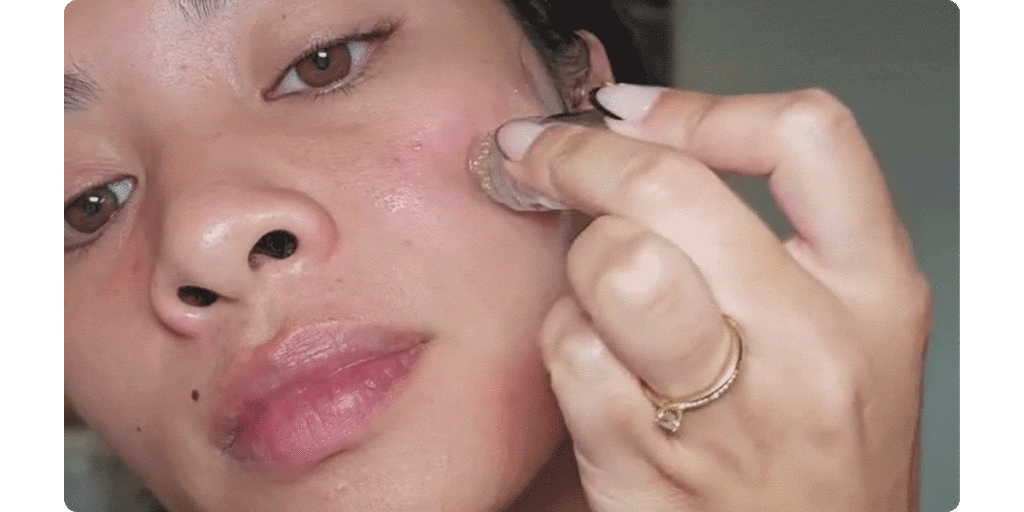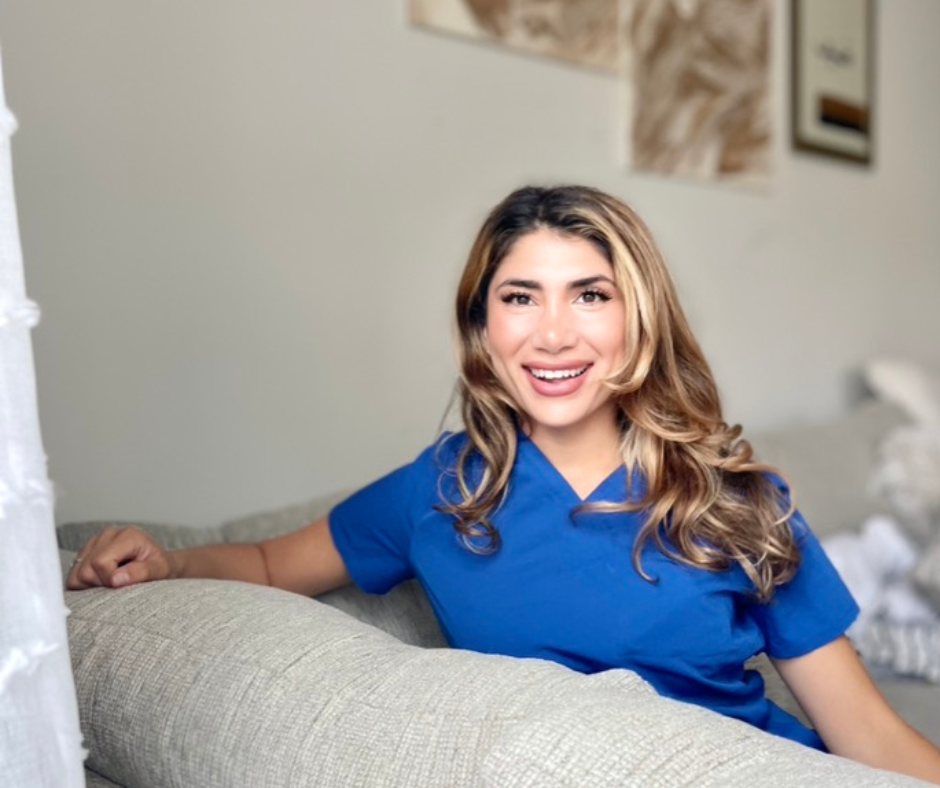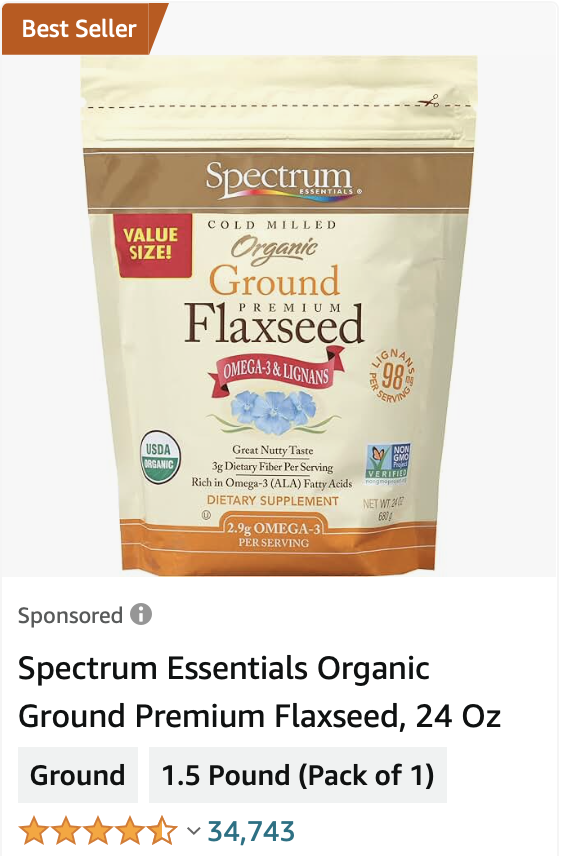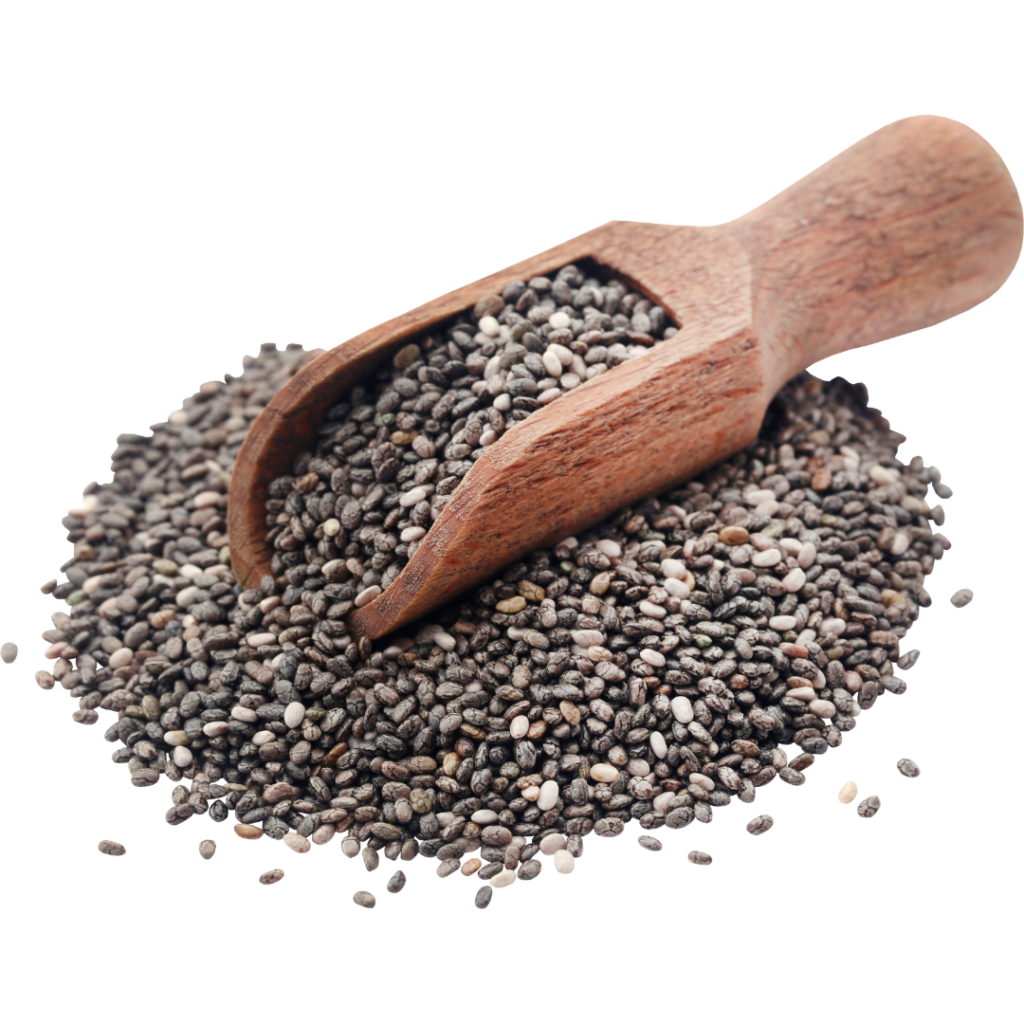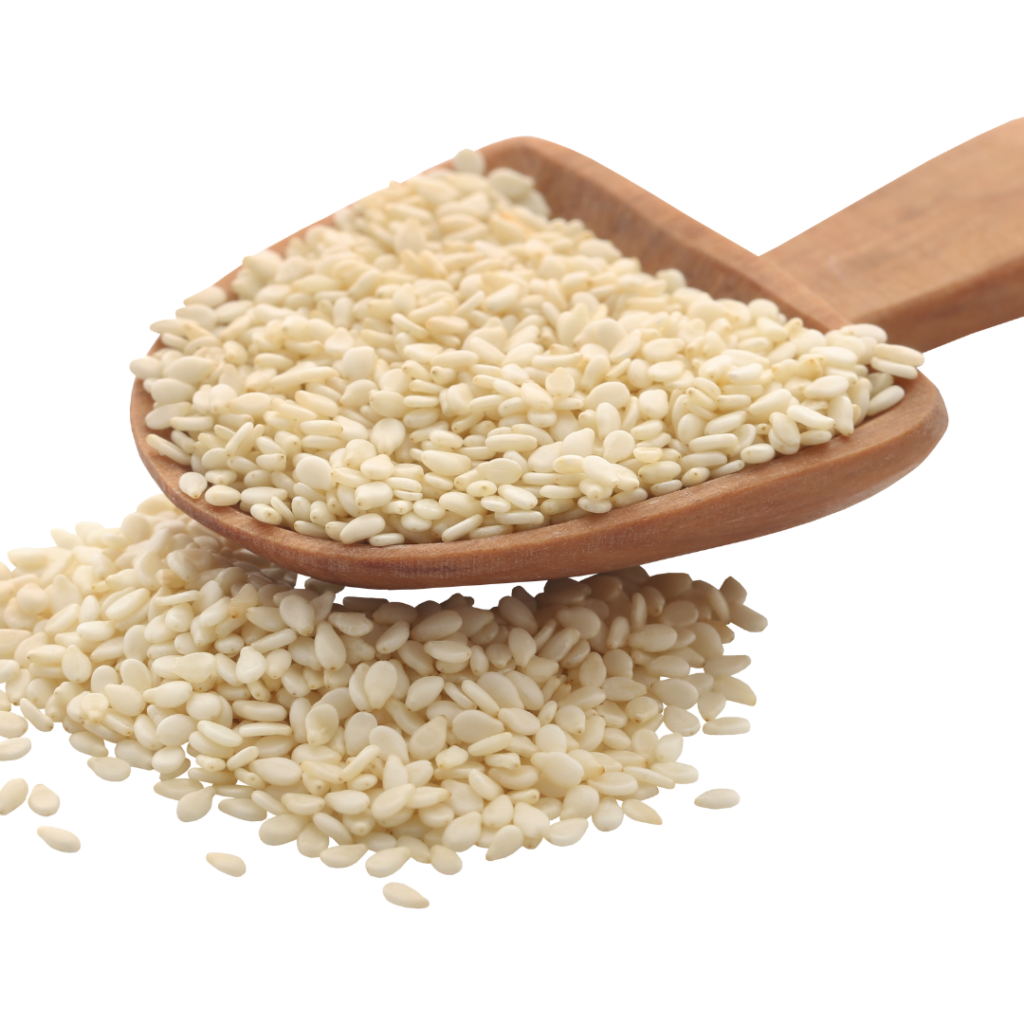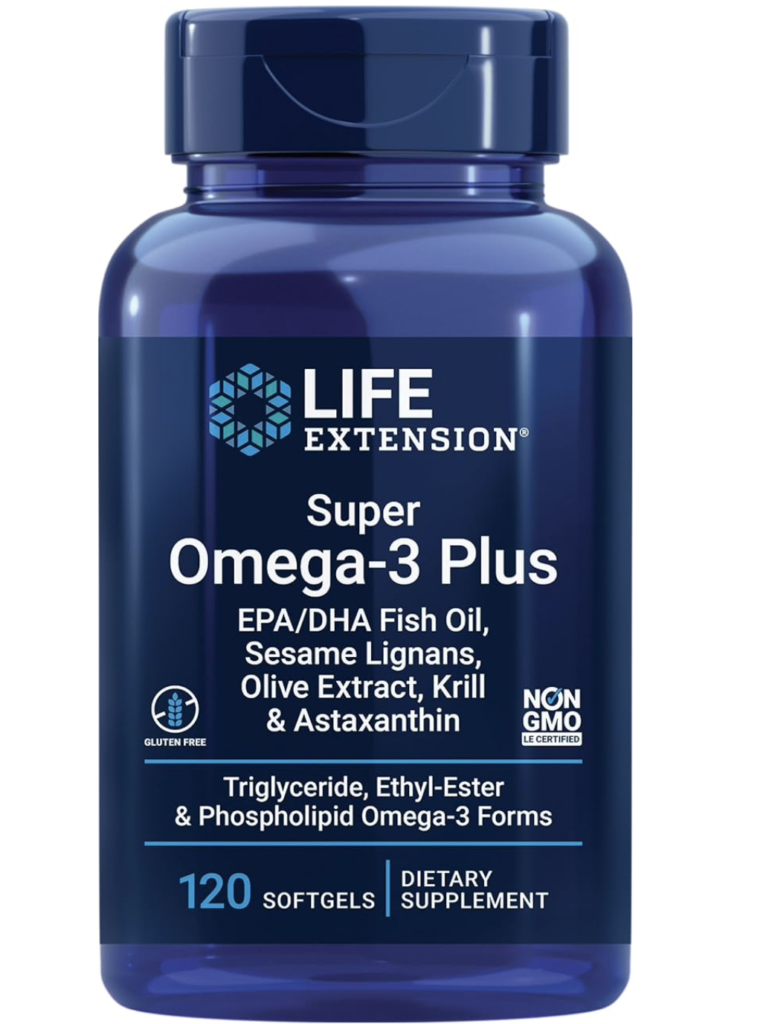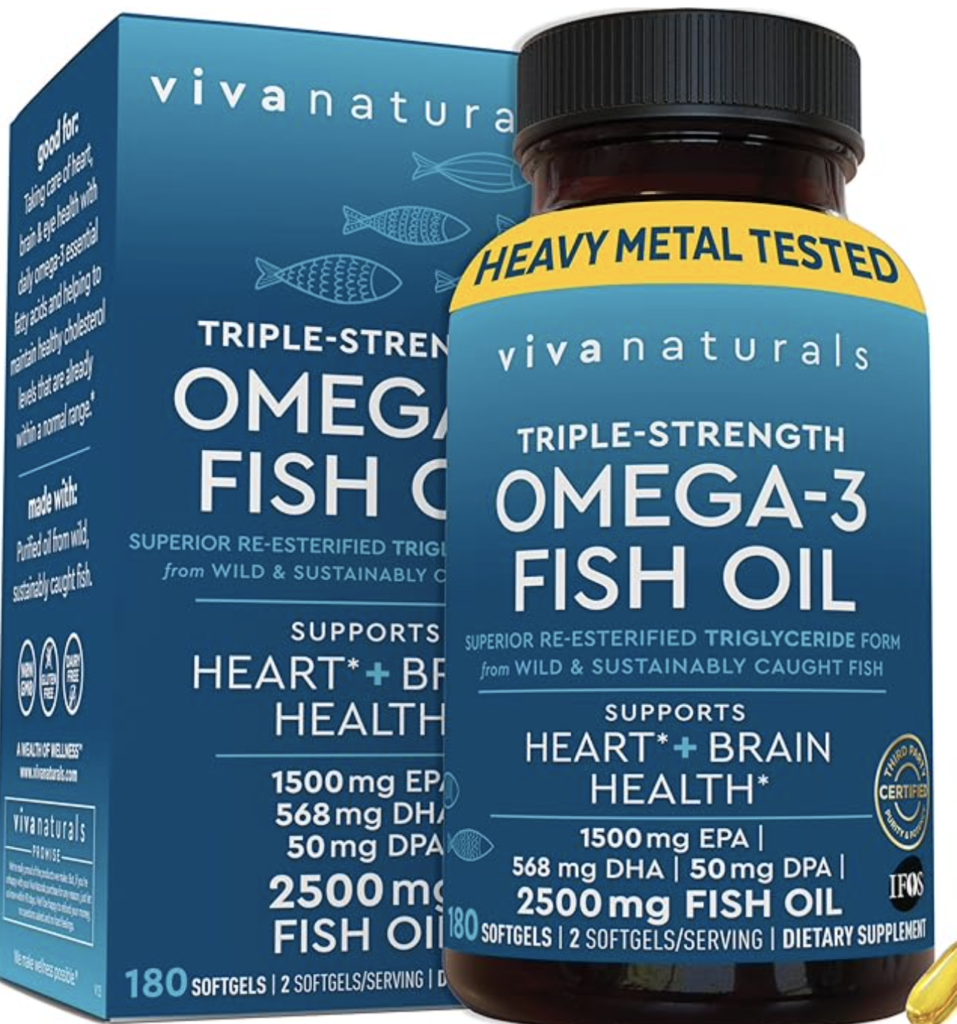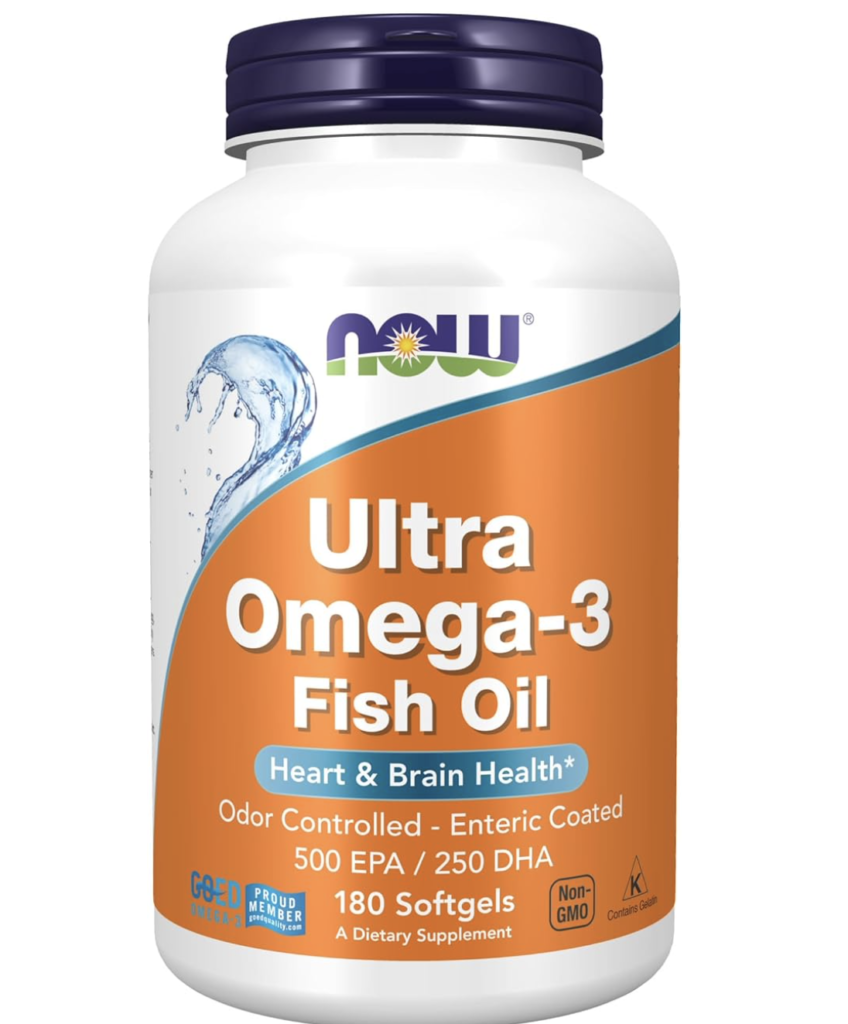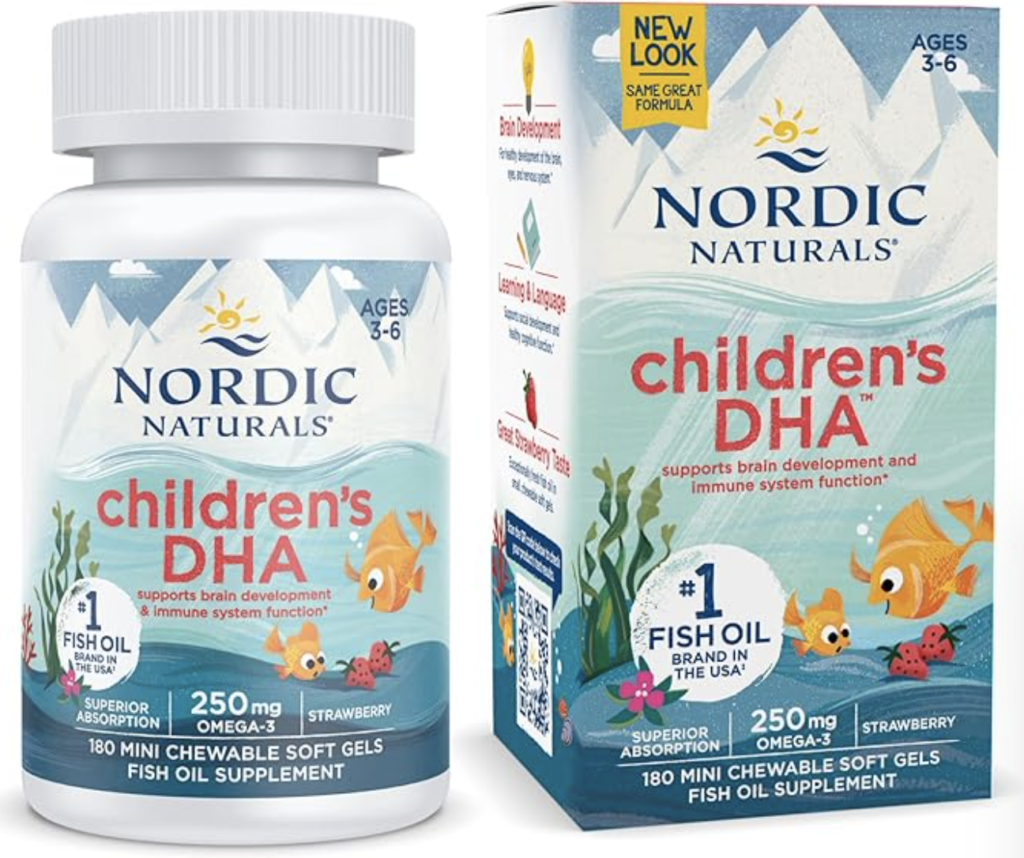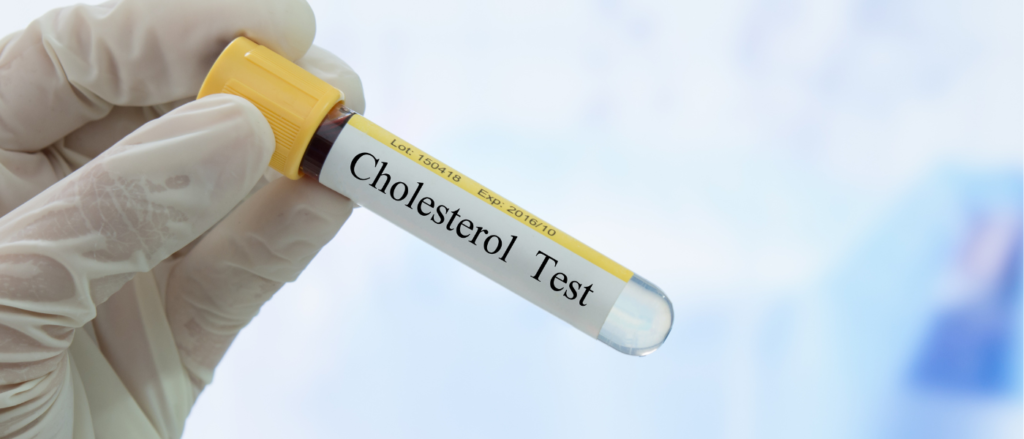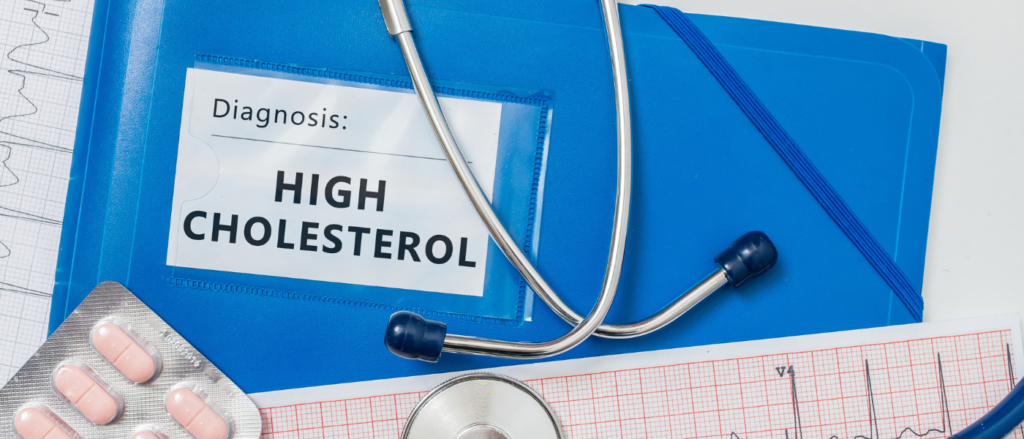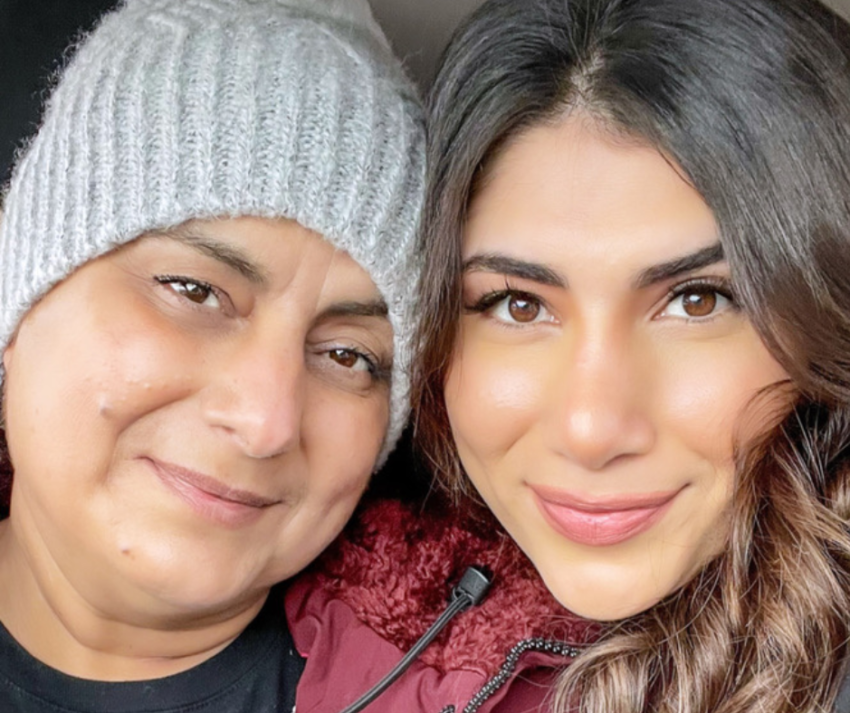RYZE Mushroom Hot Cocoa For Sleep Review
RYZE Mushroom Hot Cocoa For Sleep Review

Are you having difficulty sleeping or getting a good night’s rest? If so, you’re not alone. The good news is that there are multiple ways to improve your sleep. One option that has recently caught my attention is RYZE Mushroom Hot Cocoa.
My Experience with RYZE Mushroom Hot Cocoa
I’ve incorporated RYZE Mushroom Hot Cocoa into my nighttime routine and am excited to share my thoughts. While I don’t use it every night because one ingredient is melatonin, I enjoy it about 1-3 times a week. It’s become a comforting addition to my evenings, and let me tell you — it’s delicious. I mix it with warm milk and add a spoonful of organic honey. The result? A creamy, soothing drink that feels like a hug in a cup.

Now, let me be completely honest: I struggled with the taste when I first bought RYZE Mushroom Coffee a few months ago. I ended up giving it away, but I’m hopeful that my journey with mushroom coffee will be like my journey with avocado. Avocados have many health benefits, but I hated their taste and texture. Thankfully, now I love it! Mushroom coffee has benefits, so I’m optimistic I’ll eventually come around. But for now, the RYZE Mushroom Hot Cocoa has stolen the show.

Ingredients and Their Sleep Benefits
Let’s dive into the ingredients that make this hot cocoa so special and effective for sleep:
1. Glycine (1000 mg)
- Promotes Sleep Onset: Helps lower core body temperature, signaling the body to prepare for sleep.
- Improves Sleep Quality: Enhances REM and slow-wave sleep, leading to more restorative rest.
- Supports Relaxation: Acts as an inhibitory neurotransmitter, reducing brain activity and promoting calmness.
- Additional Benefits: Glycine supports collagen synthesis (great for skin and joints), is a powerful antioxidant, and may help reduce leaky gut.
Read MORE reviews & Shop with Me!
2. L-Theanine (200 mg)
- Calms the Mind: Increases alpha brain waves, fostering a relaxed but alert state conducive to sleep.
- Reduces Stress: Lowers cortisol levels, helping you unwind and fall asleep more easily.
- Enhances Sleep Quality: Improves the depth of sleep without causing next-day drowsiness.
3. Organic Reishi Extract (300 mg)
- Adaptogenic Properties: Helps the body manage stress and anxiety, which can interfere with sleep.
- Promotes Relaxation: Contains beta-carotene and triterpenes that calm the nervous system.
- Supports Sleep Continuity: May enhance deep, restful sleep and reduce nighttime awakenings.
4. Melatonin (3 mg)
- Regulates Circadian Rhythm: Synchronizes the sleep-wake cycle, signaling when it’s time to sleep.
- Shortens Sleep Latency: Helps you fall asleep faster, especially in cases of jet lag or shift work.
- Improves Sleep Duration: Reinforces natural sleep patterns for a longer, uninterrupted rest.
- Note: Our bodies naturally produce melatonin, so prolonged daily use can lead to dependency and disrupt natural production. High doses (e.g., 5-10 mg) may also affect other hormones, including sex hormones. This makes melatonin ideal for short-term use (e.g., jet lag, shift work, or resetting your sleep cycle) but unsuitable for nightly, long-term use.
Final Thoughts
RYZE Mushroom Hot Cocoa is a delightful and effective way to enhance your nighttime routine. While I wouldn’t recommend using it every night due to the melatonin content, incorporating it 1-3 times a week can promote relaxation, reduce stress, and help you sleep better.
Have you tried RYZE products? What’s your experience? Comment below! Don’t forget to check out my YouTube video or read more on my blog for additional insights.
Follow me on Instagram (@Dr.Mursi.MD) and subscribe to my YouTube channel for more tips and reviews like this!





